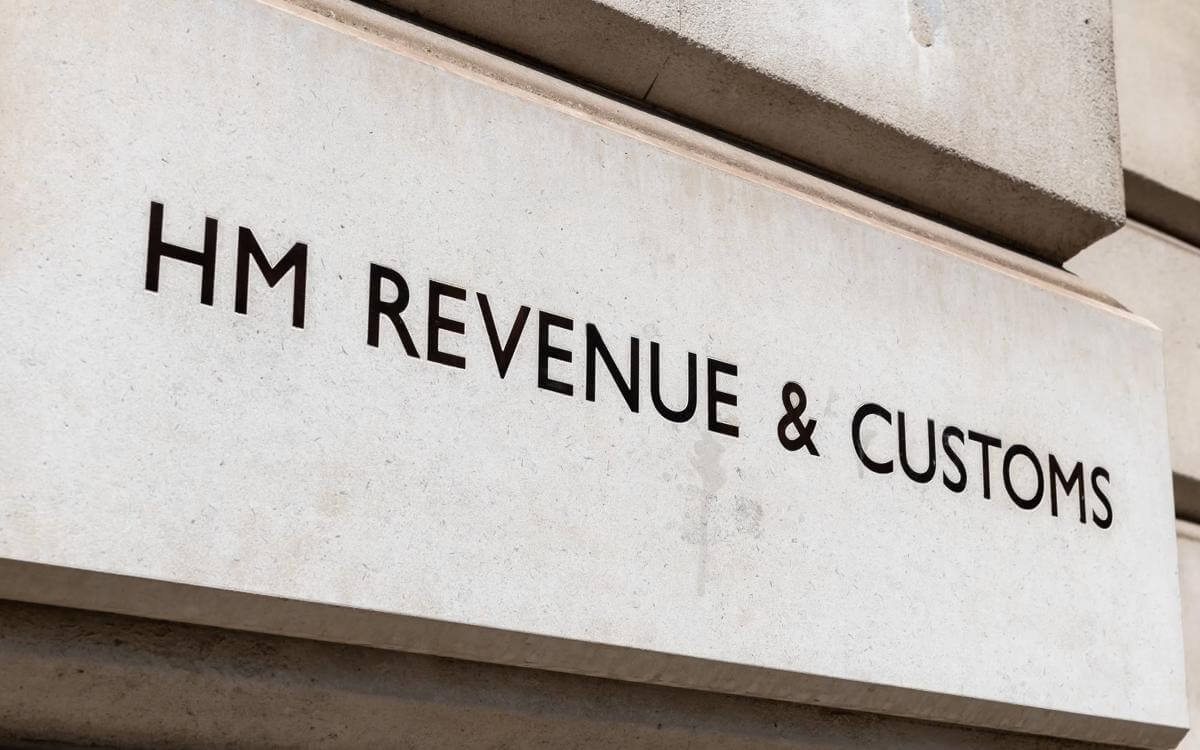The disability pay gap: would you work for free?
The gender pay gap continues to make headlines but disparities in pay for disabled workers is given significantly less attention.
The gender pay gap continues to make headlines but disparities in pay for disabled workers is given significantly less attention.
What is the disability pay gap?
This week marked the first ever “Disability Pay Gap Day”, branded by the TUC. Based on new analysis carried out by the TUC, Monday 4 November marked the day that (on average) disabled people effectively stop getting paid for the rest of the year. The disability pay gap is on the rise with the current gap standing at 15.5%, meaning that disabled workers earn around £1.65 less an hour – or, put another way, they effectively work for free for the last 57 days of the year.
What are the disability pay gap requirements?
There is currently no requirement on organisations to report on any disability pay gap. However, there are calls for the same to be introduced. Practically, thought would need to be given as to how any such reporting would work and, in particular, what comparison should be used as the size of the pay gap varies considerably between different disabilities – the gaps for those with neurological disorders, mental illness or learning difficulties and disabilities tend to be larger.
Advice for employers
Obligations to calculate disability pay gaps would certainly help to raise awareness of the issues faced by disabled workers but it is important to note that, as with gender pay reporting, it would only provide snap-shot figures – there are other equally important steps that employers can take to ensure disabled workers are treated fairly within the workplace – starting with recruitment processes onwards.
Contact

Mark Hickson
Head of Business Development
onlineteaminbox@brownejacobson.com
+44 (0)370 270 6000







































